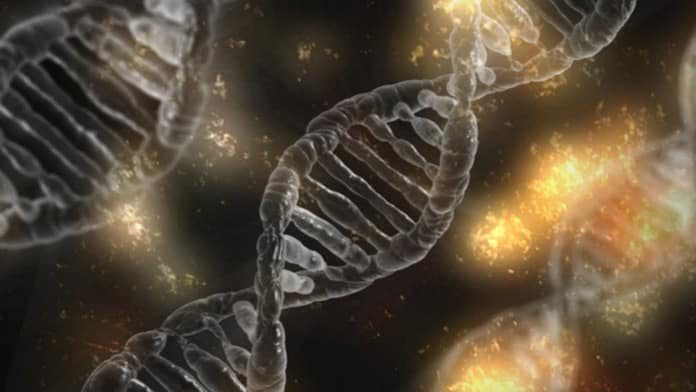Researchers in Europe have developed a tool that may revolutionize the way investigators establish the time since death in forensic pathology.
Establishing the precise time since death is vital to forensic investigations. Currently, this is established by noting physical changes in the body’s appearance and temperature, which often results in inaccurate time estimates. However, with rapid advances in molecular biology, this may all change.
Post-mortem tissues have long been used to study how gene expression patterns vary between organs and tissues. This involves measuring the levels of ribonucleic acid (RNA) in different cell types. Researchers in Europe have recently taken these studies one step further to see if changes in gene expression patterns can be used to determine the time since death. Although it is well known that gene expression patterns do change after death, it is not known how these patterns change in the time between death and when the tissue is collected. The investigators used a computational approach to investigate whether transcriptomes (the total RNA content of a tissue) could determine the time since death. The RNA gene expression patterns in more than 7,000 samples were analyzed by RNA sequencing. Samples were taken from 36 different tissues from 540 donors.
Gene Expression Patterns Change after Death
The results, which were published recently in Nature Communications, suggest that gene expression patterns continue to change in a tissue-specific manner after death. As expected, some gene expression patterns decreased while some, remarkably, increased. Gene expression changes occurred quickly following death in some tissues, whereas in other tissues, such as blood, changes in gene expression peaked between four and 15 hours following death. In general, gene expression patterns shifted in most tissues six hours after death.
Gene Expression Patterns Reliably Predicted Time Since Death
The investigators hypothesized that the collective changes in gene expression patterns across a number of tissues could be used to predict the time since death. The key is in knowing how the pattern of gene expression changes during this time. Amazingly, they were able to predict the time since death within 9.45 minutes of the actual time since death for a subset of donors. The most accurate estimations were based on a combination of four tissues – subcutaneous adipose, lung, thyroid, and sun-exposed skin. Interestingly, the cause of death did not influence the accuracy of the time-since-death prediction.
Although these results are promising, larger studies are required to confirm the ability of gene expression patterns to predict time since death. The authors are optimistic that gene expression pattern analysis may one day help reveal the cause of death in forensic investigations, and note that such analyses should not be limited to the forensic domain. It is possible that gene expression pattern analyses could improve organ transplantation procedures by improving the methods used to obtain and preserve organs.
Written by Natasha Tetlow, PhD
Reference: Ferreira PG et al. The effects of death and post-mortem cold ischemia on human tissue transcriptomes. Nat Commun. 2018; 13:490. doi: 10.1038/s41467-017-02772-x.



